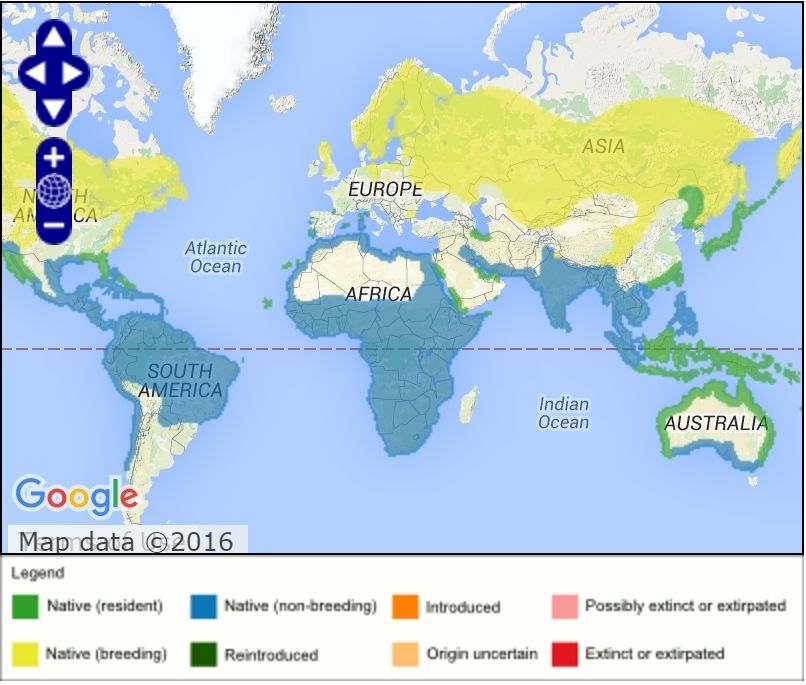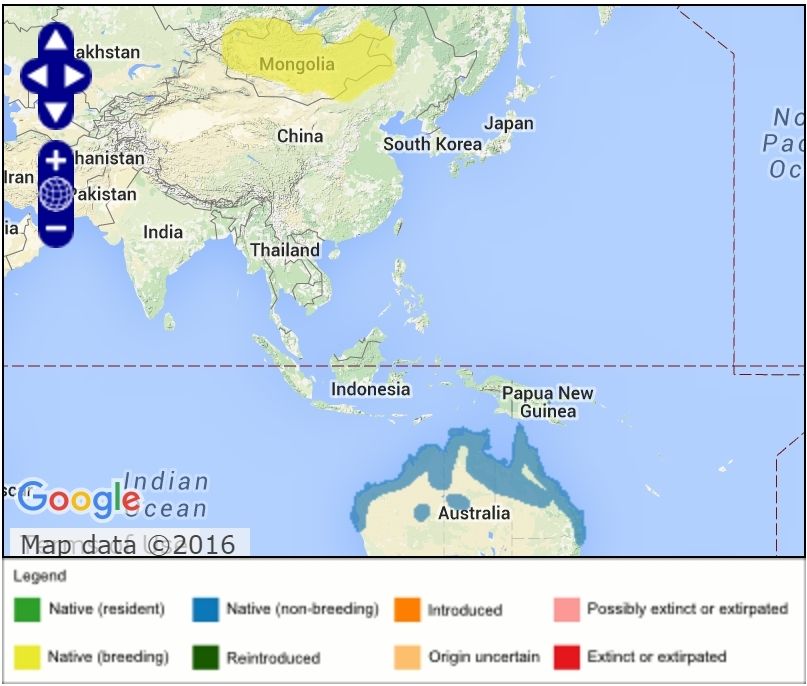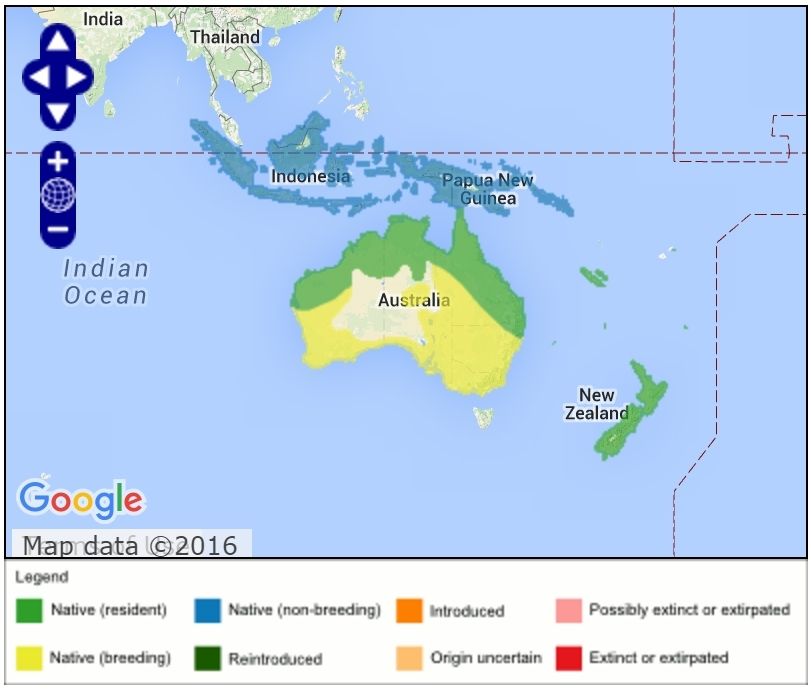mollwollfumble said:
Bubblecar said:
That’s interesting. They should add domestic hens to that list.
There is some question over what counts as domestic animals or not. If pets and stock are counted then there are many more birds that could be said to exist in considerable numbers on all continents.
Discovery number 1.
There are eleven bird species found in large numbers on all six continents (excluding Antarctica obviously). There’s no way I would have been able to guess all these. They are, in no particular order:
Ruddy Turnstone, Pomarine Jaeger, Barn Owl, Barn Swallow, House Sparrow, Peregrine Falcon, Black-winged Stilt, Osprey, Great White Egret, Common Tern, Cattle Egret.
I’ve made up about 40 maps.
Now 50 maps. I’ve put them all on the web at:
http://freepages.misc.rootsweb.ancestry.com/~hallsofjamaica/BirdRange.pdf
For birds on all 6 continents, I now have more, I’ve demoted “pomarine jaeger” and added “rock dove”, “sanderling” and “whimbrel”, making 13 species in all.
There are quite large differences between maps of bird range from different sources. For example some maps show no feral pigeons (Rock Dove) in north or south america (including the map from birdlife international), some show feral pigeons in all of north america but none in south america, some show feral pigeons also covering the whole of south america. I’ve gone for a map from wikipedia that shows feral pigeons over the whole of the USA and Mexico, but only in 5 relatively small regions in South America.
And as maps disagree for pigeons, you can bet that they are wildly divergent for lesser known species.
>>The rock dove has a restricted natural resident range in western and southern Europe, North Africa, and into South Asia. <<
https://en.wikipedia.org/wiki/Rock_dove#Distribution_and_habitat
Apart from the above, the Rock Dove has been introduced worldwide for various reasons, making its detailed distribution of little importance. However, even lesser known bird species in their native habitat would be better known AND recorded.



